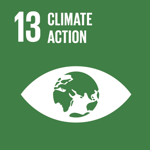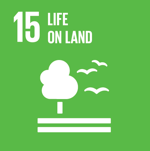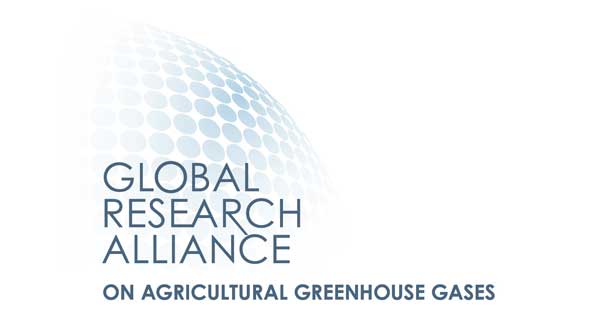Soil-based carbon sequestration opportunities in Latin America and the Caribbean
 Uruguay
Uruguay
 Argentina
Argentina
 Chile
Chile
 Colombia
Colombia
 Costa Rica
Costa Rica
 United States
United States
Executive Summary
There are several international efforts to seek solutions to global problems such as climate change, food security and environmental pollution. One of them is the Paris agreement signed in 2015, in which 196 countries join efforts to limit global warming. Different scenarios have been created and the most ambitious is to limit the temperature increase to less than 2 degrees. One objective proposed in this agreement is to limit greenhouse gas emissions. To this end, each country that is part of the agreement must periodically quantify and present national inventories, with mitigation strategies according to its emissions. The project is funded by the New Zealand Government as part of its contribution to the Global Research Alliance on Agricultural Greenhouse Gases (GRA).
A possible solution to these problems is found in soil organic carbon (SOC). The importance of focusing on this issue lies in the fact that SOC is an indicator of soil productivity, as well as favoring the sequestration of greenhouse gases (GHG).
"Carbon sequestration" is defined as the removal of CO2 from the atmosphere and its storage in ecological sinks, such as soil organic matter. In this case, carbon sequestration will be quantified as changes in the SOC pool. These changes can occur in response to changes in land management, such as increased use of fertilization, irrigation, or in response to changes in land use, such as the conversion of crops to afforestation.
Soils in Latin America and the Caribbean (LAC) could have a relevant role in SOC sequestration since, depending on their management, pastures and agricultural soils have potential as large SOC sinks. Beneficial management strategies are: inclusion of service crops in agricultural sequences, the integration of agricultural and livestock systems, the increase in the availability of water and nutrients (irrigation, fertilization, amendments), and the restoration of sown pastures and degraded natural pastures. In each country, the most effective strategy to increase the national stock of SOC will depend on the expected sequestration rates and the area covered by such systems.
The objective of this project is to contribute to the design of land use and management with a high potential for SOC sequestration in agricultural production systems of LAC, while generating capacities in LAC for the quantification and monitoring of the SOC stock. This objective will be achieved through the development of a multi-agency platform that provides LAC countries with information to report their SOC inventories in TIER2.
The technological solution
Results
The expected results at the end of the project are:
1. To have a basis and reference for the agencies in charge of reporting national GHG inventories in each country, and for those agencies involved in the generation of NDCs and NAMAs.
2. To obtain an identified opportunity for SOC sequestration, with potential for implementation as a NAMA evaluated in terms of its potential economic and environmental impact for the five LAC countries participating in the project.
3. Train staff to update their SOC stock reports and stock changes with the necessary quality in the time required by international agreements in the five countries participating in the project and develop reference material for further consultation.
Beneficiaries
The direct beneficiaries of the project will be the national entities of Uruguay, Argentina, Chile, Costa Rica, and Colombia in charge of reporting greenhouse gas inventories, especially SOC stocks, in the different participating LAC countries. Indirect beneficiaries are neighboring LAC countries with similar agroecosystems to those of the five participating countries.
Sustainable Development Goals





Project news
Participating Organizations
Executor
- Instituto Nacional de Investigación Agropecuaria (INIA) - Uruguay
Co-executor
- Corporación Colombiana de Investigación Agropecuaria (AGROSAVIA) - Colombia
- Instituto de Investigaciones Agropecuarias (INIA) - Chile
- Instituto Nacional de Tecnología Agropecuaria (INTA) - Argentina
- Instituto Nacional de Innovación y Transferencia en Tecnología Agropecuaria (INTA) - Costa Rica
Associated
- MGAP - Uruguay
- Ministerio de Agricultura, Ganadería y Pesca (MAGyP) - Argentina
- International Center for Tropical Agriculture (CIAT) - Nicaragua
- Universidad Estatal de Ohio (OSU) (OSU - The Ohio State University) - Estados Unidos
Graphics and data
Financing by country (in USD)






























